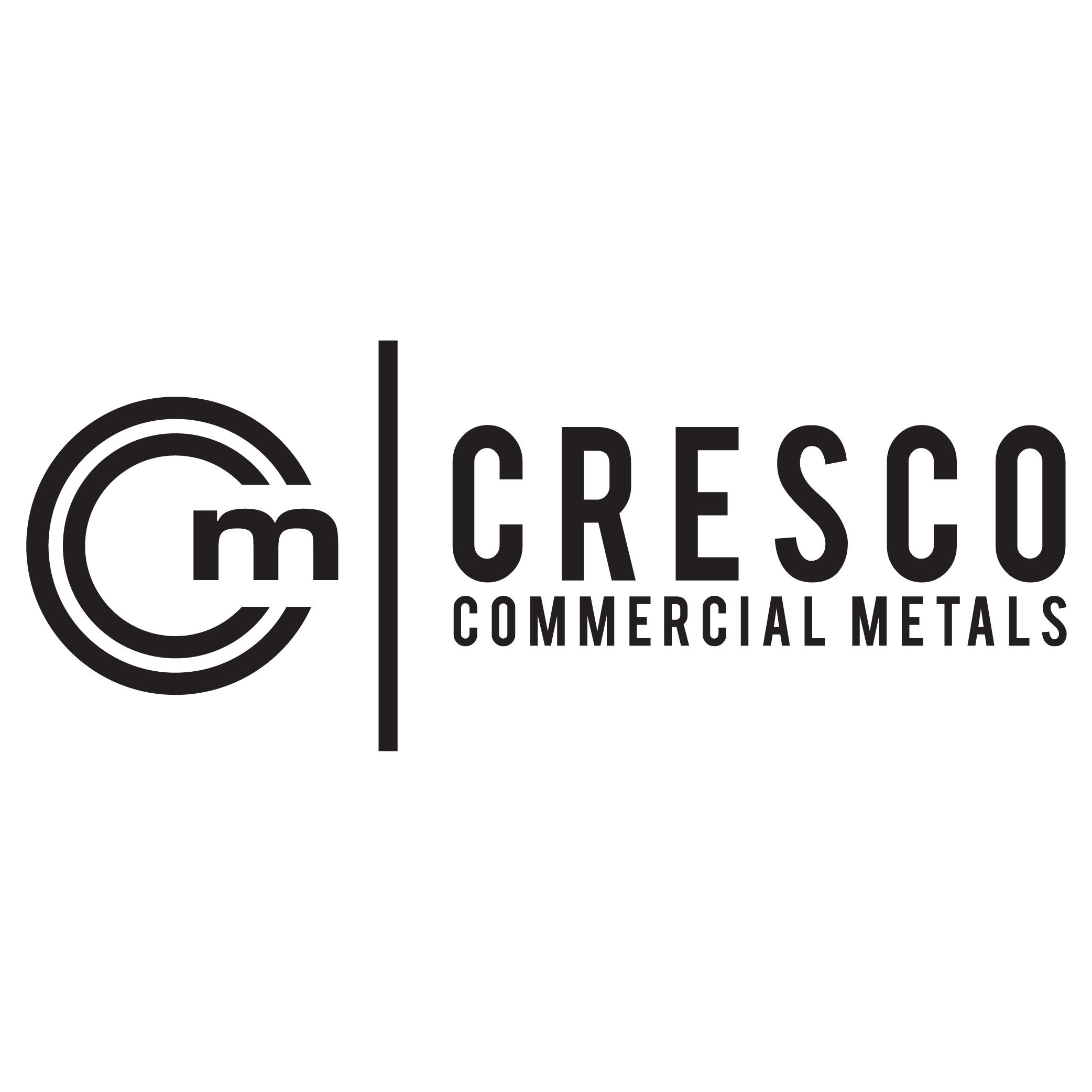Aluminum Fabrication Techniques: From Cutting to Welding – A Detailed Guide
Aluminum’s special blend of toughness, lightweight, and resistance to corrosion makes it a popular material for metal construction. Because of these attributes, it is a great option for many industries, such as electronics, construction, automotive, and aerospace. To produce high-quality goods, one must comprehend the various manufacturing procedures used in aluminum. This blog will walk you through all the critical steps in fabricating aluminum, from cutting to welding.
The Importance of Aluminum in Fabrication
Before delving into the processes, it’s crucial to comprehend why aluminum is such a popular material in metal fabrication. Because of its low density, aluminum is lightweight, which is advantageous in sectors like the aerospace and automotive industries where weight reduction is essential. Furthermore, aluminum resists corrosion quite well, making it the perfect material to employ when exposure to moisture and other elements is a concern. Because of its malleability and machinability, many design options are also possible, allowing for the production of intricate and complicated designs.
Key Techniques in Aluminum Fabrication
Cutting
In metal aluminum fabrication procedure, Cutting is the first step, where raw aluminum sheets, plates, or bars are sized according to the project requirements. There are several methods used for cutting aluminum, each with its advantages:
Shearing: This technique cuts through the aluminum using a sharp blade in a manner like to that of scissors. Shearing is a frequent method of cutting aluminum sheets and plates because it is perfect for straight cuts. It is a rapid and effective process that works well for large-scale manufacturing.
Laser Cutting: During laser cutting, aluminum is melted and vaporized along a predetermined path using a powerful laser beam. This method is ideal for applications requiring precise designs because it is highly accurate and allows for delicate cutting. Additionally, clean edges from laser cutting eliminate the need for extra polishing.
Bending
Press Brake Bending: This method bends metal into the required shape using a press brake machine, a punch, and a die. Pressure is utilized to make the bend in the metal by placing it between the punch and die. Press brake bending is very accurate and can create simple and complex shapes.
Roll Bending: By putting the aluminum over a succession of rollers, roll bending allows the metal to be gradually bent into a curved shape. This technique is frequently applied to create rounded or cylindrical objects like tubes or pipes. Roll bending works very well when creating bends with a large radius.
Joining
Joining is an essential step in aluminum fabrication, where individual pieces are assembled into a complete structure. The most common joining techniques include:
Welding: Welding is one of the most widely used methods for joining aluminum. The process involves melting the edges of the aluminum pieces and fusing them to create a strong bond. Common welding techniques for aluminum include:
TIG (Tungsten Inert Gas) Welding: TIG welding creates the weld using a non-consumable tungsten electrode. It is well-known for being precise and is frequently applied to complex welds and thin aluminum sheets.
MIG (Metal Inert Gas) Welding: Aluminum is melted and fused using a consumable wire electrode during the MIG welding process. It is faster than TIG welding and works well for larger projects and thicker aluminum components.
Finishing
The final step in aluminum fabrication is finishing, which enhances the appearance and durability of the aluminum product. Common finishing techniques include:
Anodizing: An electrochemical procedure coats the aluminum surface with a protective oxide layer. This layer improves corrosion resistance and can be painted in various colors for aesthetic reasons.
Powder Coating: The powder coating process includes dusting the metal surface with a dry powder baked into a strong, protective layer. Powder coating comes in various colors and offers a smooth, even surface.
Polishing: Polishing creates a smooth, reflective surface on aluminum. It is often used for decorative purposes or to improve the aluminum’s resistance to corrosion and wear.
Learn more from Cresco
Looking for best metal aluminum fabrication company? Call us at – 714 525 2326 or visit our website for more details.


